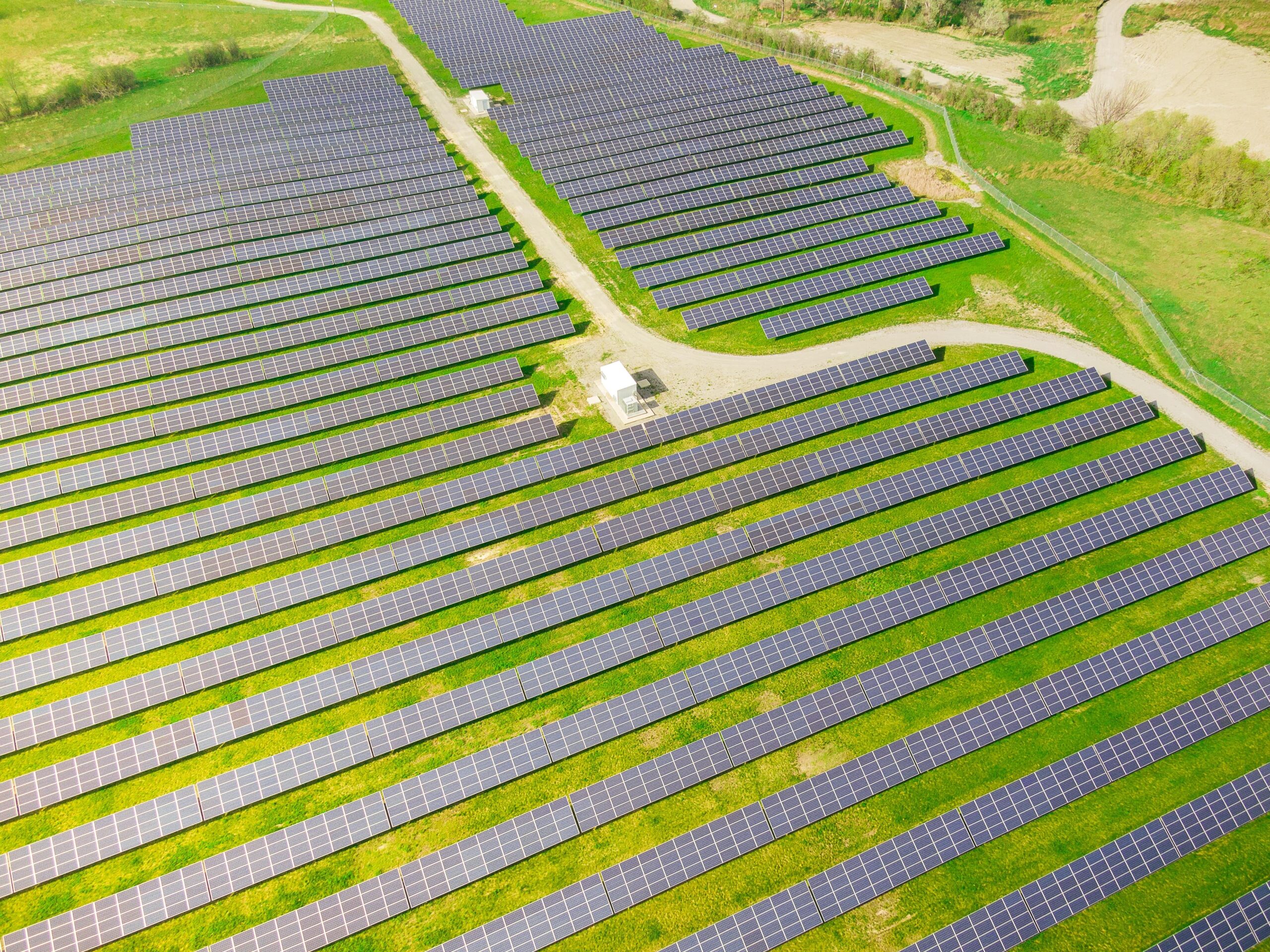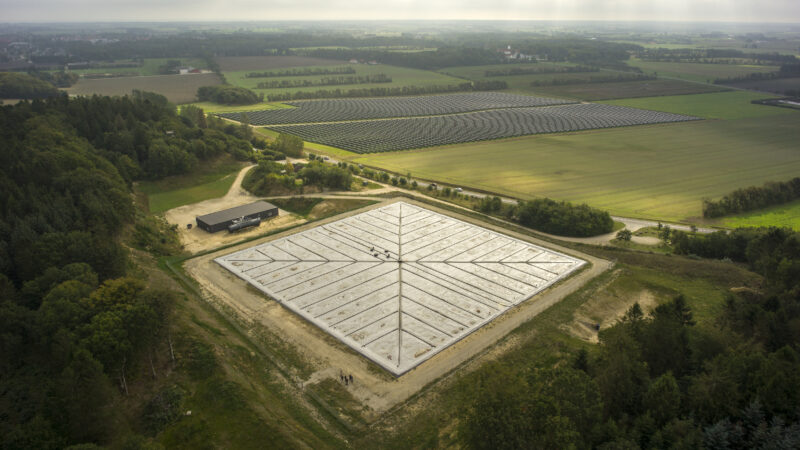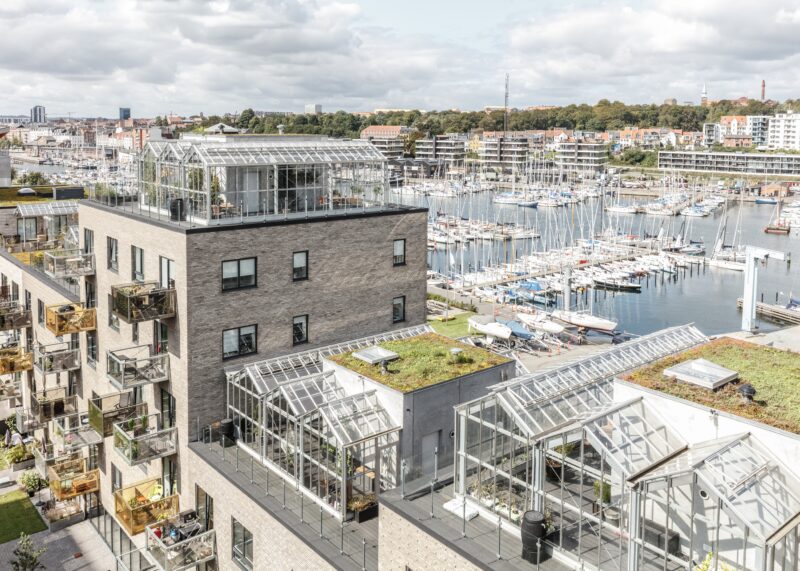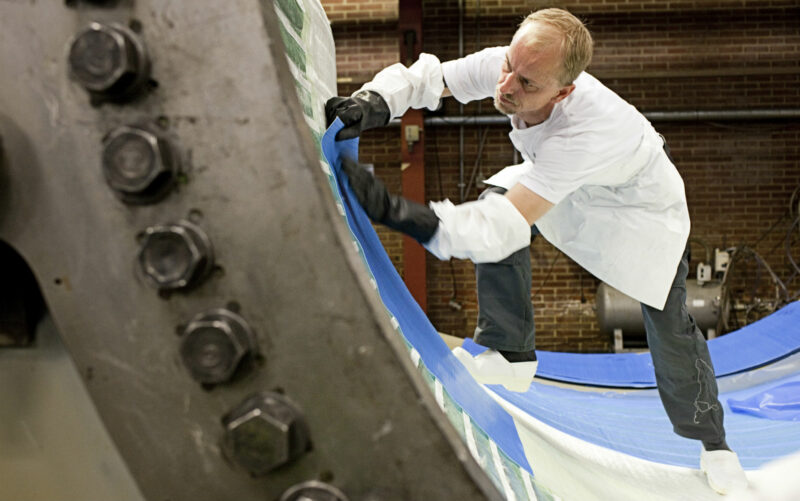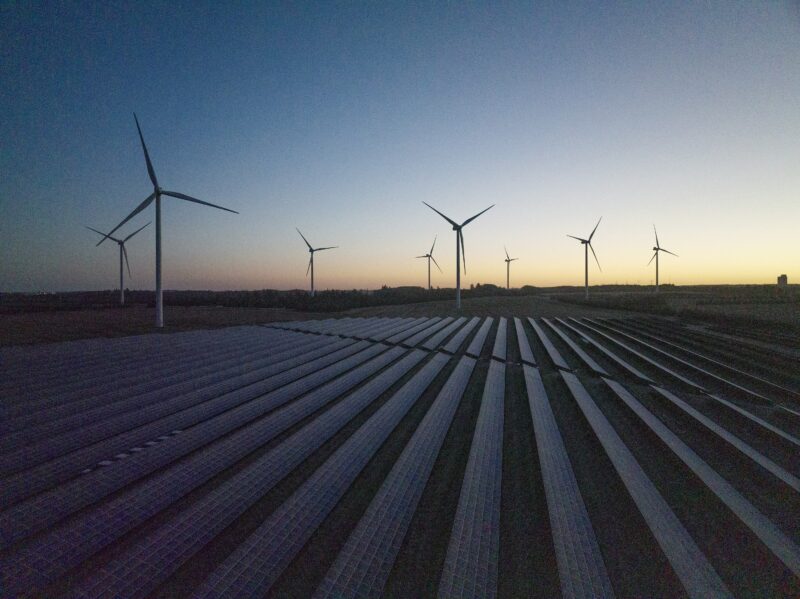Denmark needs more than double its current electricity in the coming years, and solar panels are a growing contribution to the green energy supply. The number of smaller rooftop installations is steadily increasing, but the development is particularly driven by large production facilities in open land, which supply the collective power grid. Installing solar panels has become a profitable business, and the expansion is market-driven. From 2020 to 2023, the capacity of energy from solar has tripled from approximately 1.1 GW to about 3.5 GW.
Related news: Another record-breaking year for solar and wind power in Denmark
Although the installation of solar panels is rapidly advancing, the government’s solar strategy will clarify how even more solar panels can be installed in the future and pave the way for removing barriers that can streamline the installation of solar panels. Additionally, the strategy focuses on elaborating rules and referring to relevant guidelines for the installation of solar panels.
“Green energy from solar is one of the fastest and cheapest ways to achieve green transition, electrification of society, and independence from fossil gas. There is great potential in the installation of solar panels, and this development must continue. We need much more electricity for electric cars, heat pumps, and industry. Therefore, we will now boost new opportunities for more solar on rooftops in urban areas and commercial properties. If, for example, a leasing scheme is a way to overcome a barrier for more solar energy from commercial rooftops, then it is obvious to address it,” Lars Aagaard, Minister for Climate, Energy, and Utilities.
Every watt counts
The government’s solar strategy focuses on five key areas for solar expansion in Denmark. Every watt counts in the government’s ambition to ensure the framework for a fourfold increase in renewable energy on land by 2030. The solar strategy includes making it easier to install solar panels on the rooftops of commercial properties through financing forms such as leasing. This has been particularly requested by the solar and leasing industry.
The government will also develop a proposal for the allocation of approximately DKK 178 million to renewable energy in less accessible areas – for example, larger rooftop areas in urban buildings, such as housing associations, areas along urban motorways or railways, covered parking areas, etc.
In addition to more speed and better framework conditions for energy parks and solar panels in open land as well as solar panels on rooftops, there is also a focus on creating transparency about existing rules and opportunities for solar panels on public rooftops and for local energy communities. This includes new opportunities for creating local collective tariffs. Together with the existing pool for local energy communities, this should ensure that local energy communities can be expanded and contribute to the green transition. Additionally, the Ministry of Social Affairs, Housing, and Seniors will explore the possibilities for public housing organisations to rent out rooftop areas for the installation of solar panels.
“We are well underway in laying the tracks towards a fourfold increase in renewable energy on land, not least with much more solar energy. Together with municipalities, the government is finding the best places for energy parks, which can include both solar and wind. We will simplify the paperwork and strengthen local processes with neighbours and consideration for nature. This way, we hope to significantly accelerate the expansion of wind energy and capture the sun’s rays for green energy,” Lars Aagaard, Minister for Climate, Energy, and Utilities.
Read the original press article (in Danish)
